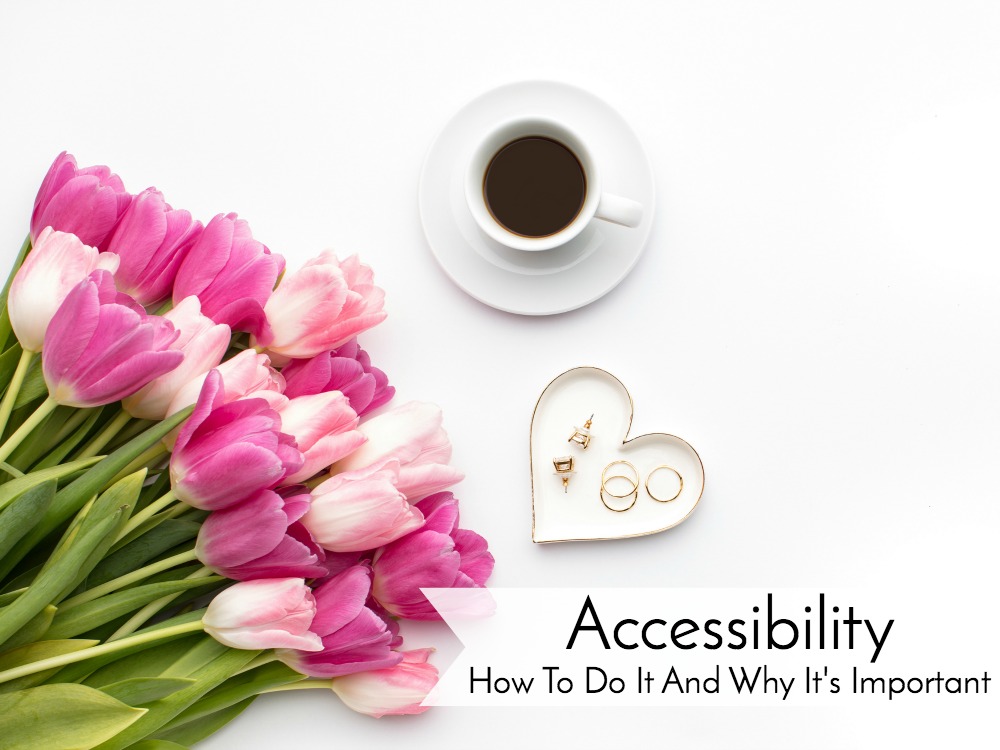
Accessibility in blogging is something that isn’t really discussed much but is super important. For those readers that are visually impaired in some way, they may use something called a screen reader to read the website out to them. There are a few easy ways that we can improve our blog posts to make it more useful for those who use screen readers or other ways to read what we write!
Alt Text
We’ve posted in the past what alt text is all about so we won’t go into too much detail, but essentially, it’s a little bit of HTML that tells screen readers what an image contains. There are of course other benefits to using alt text, but the main reason we use it is for people who can’t see what an image contains.
You can also provide descriptions of images on Twitter to help out those people who use a screen reader which you can learn about more on the Twitter website.
Linking To The Right Words
As you can see in the section above, we used descriptive words to link to the earlier post about alt text. This isn’t just useful for SEO purposes but it also helps when users use a screen reader to collate a list of all the links in a post to move on to other posts. It can sometimes be tempting to just use something like “click here to follow me on Twitter” where the bold text is what’s being linked but that’s not so useful when you’re using a list of just the links on the page. Instead, the better part of the phrase “click here to follow me on Twitter” to link is “click here to follow me on Twitter“
Use Heading Tags
We’ve talked in the past about how using heading HTML tags are useful for SEO purposes as it indicates to the search engines what subheadings are being used, but it’s also useful to screen readers for the same reasons. Screen readers can tell that words in a heading HTML tag are a new topic so they treat it differently to if you just used the <strong> tag to make the text bold.
Avoid Italics and Bolding Alone To Emphasise
It can be a habit to use bold and italic text to highlight things in a paragraph, but if someone is using a screen reader, then their reader may not give the emphasised text the right sort of treatment to highlight to the user that this is important information.
You may also have seen that the HTML for bold and italic text has been updated in recent years from <b> and <i> to <strong> and <em>. In theory, the first set of HTML tags are more decorative to show what sort of thing the website should be doing to that text, and the second set is how the text should be understood. In practice, this isn’t always the case and some screen readers treat them the same. The best practice is to use <strong> for bold text and <em> for italics.
Make Vlogs Accessible
It’s not just bloggers who can make their content accessible. Vloggers and podcasters can also do their part, by including things like transcripts and captions on their content to help out those people who are hearing impaired. For those who are visually impaired, you could consider describing what is happening in the video, but frustratingly, there isn’t an option yet in YouTube to provide additional audio soundtracks to describe what’s going on.





